We are taught from childhood that evil must be punished. And where should evil serve its punishment? In prison, of course. And compared to Russian prisons, many foreign penitentiary institutions seem like a resort. Don't believe me? Then take a look at the most terrible prisons in Russia.
10. Sailor's Silence
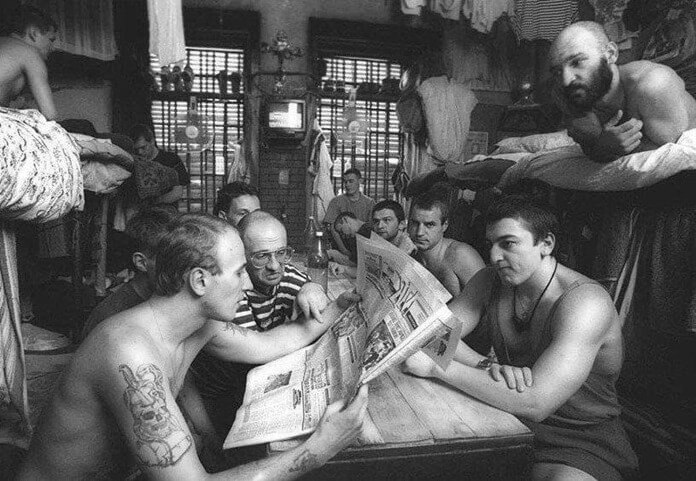
The place has a long history of corrections, dating back to 1775, when a house of correction was built for the "presumptuous" - petty thieves and swindlers. It was then renamed the Moscow Correctional Prison, and additional buildings were erected to house prisoners.
In 1918, a correctional facility for minors called the Reformatory was created on the basis of the prison, and later it also began to house tuberculosis patients.
Matrosskaya Tishina began to serve as a place of detention for adult criminals in 1946. At various times, it was visited by the Soviet party elite, Russian oligarchs such as Mikhail Khodorkovsky and Sergei Polonsky, the swindler Sergei Mavrodi, who was known throughout the country, and well-known figures in the criminal world such as the killer Alexander Solonik and the thief in law Yaponchik (Vyacheslav Ivankov).
9. Yelets "roof"

Initially, this prison, built in 1592, did not even have prison cells. Prisoners were placed in earthen pits covered with wooden boards. A wooden prison appeared in Yelets, presumably, in 1763, and a stone one - much later, in the 19th century.
Many political exiles passed through the Yeletskaya "krytka", including Druzhinin, Kamenitsky and Chigirinsky. Bunin mentioned this institution in his books.
The prisoners in Yelets prison were not treated with ceremony. For the slightest offense, prisoners were placed in solitary confinement without food or water, and were brutally beaten.
Nowadays, of course, prisoners are not treated like that. However, the conditions in Yelets prison remain some of the harshest, which is not surprising given the local contingent. About 80% prisoners are serving time for murder, robbery and rape.
According to unofficial information, beatings and other types of violence against prisoners are not uncommon in the Yelets "prison." And there have been several suicide attempts by prisoners who could not withstand the abuse.
8. Butyrskaya prison
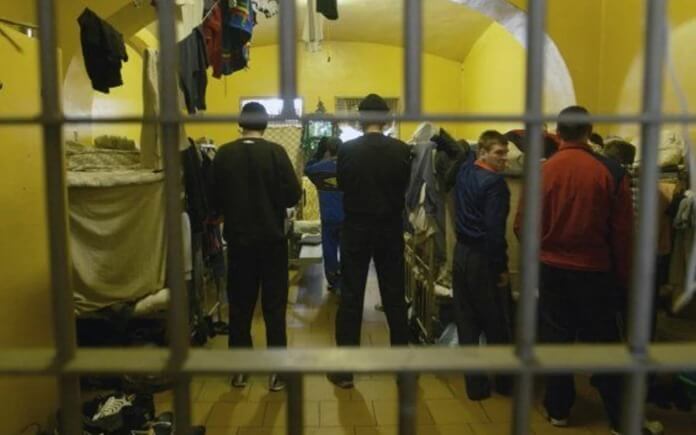
Butyrka is the largest prison in Moscow and one of the oldest prisons in Russia. It was founded during the reign of Catherine II, as was Vladimir Central. Butyrka Prison was once the central transit point for those sent to Siberia. And between 1937 and 1938, Butyrka held up to 20,000 people, many of whom were shot.
But the fame of Butyrka prison is connected not so much with the date of construction and the number of prisoners, but with the personalities of those who happened to sit in it (and these are Yemelyan Pugachev, Osip Mandelstam, Nestor Makhno, Sergei Korolev, Alexander Solzhenitsyn and others) and frequent mentions in literature, cinema and music.
Even today, prisoners are kept in poorly ventilated, stuffy and small rooms, and prisoners have to sleep in 2, or even 3-4 shifts, depending on the number of prisoners in the cells.
7. Vologda Pyatak
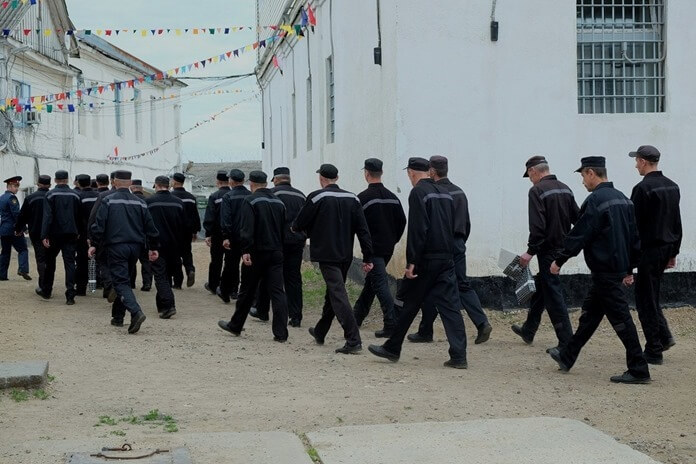
The institution, once known as the Kirillo-Novoezersky Monastery for men, and then as a prison for “enemies of the revolution,” is now one of the few Russian special regime colonies for those sentenced to life imprisonment—pedophiles, murderers, etc.
Their cells are searched daily, and after being woken up and having their beds made, prisoners are not allowed to sit or lie down on them during the day.
Given the specifics of the place, many prisoners tell of mystical events that occur within the walls of the Vologda Pyatak. For example, that they were visited by angels, saints, souls of murdered people, and even the spirit of Vasily Shukshin, who once visited the prison to film the movie Kalina Krasnaya.
6. Lefortovo prison
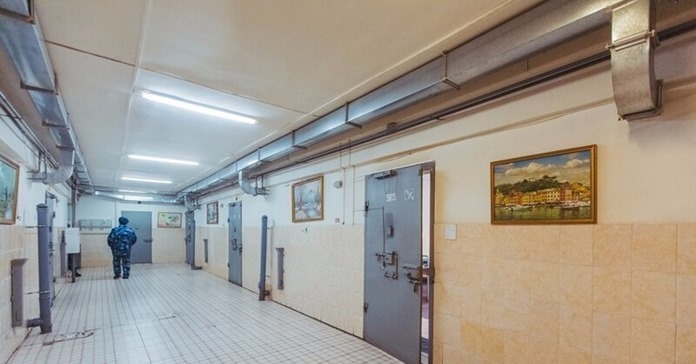
The most closed of Russia's prisons was originally a military prison that held people convicted of minor crimes.
During the Great Terror, the NKVD used the prison as an interrogation and torture center. And from 1954 to 1991, it served as a pretrial detention center for the KGB of the USSR, where many dissidents, such as Alexander Solzhenitsyn, were held.
Now Lefortovo Prison has become a pre-trial detention facility, where journalists are not allowed, where there are no excursions and no museum, unlike most other prisons on this list. Here, defendants await trial. Lefortovo Prison held the "former hope of Ukraine" Nadezhda Savchenko and Svetlana Davydova, suspected of high treason in favor of Ukraine.
A unique feature of Lefortovo Prison is the absence of internal hierarchy and problems with the delivery of alcohol and drugs. This was achieved due to the fact that prisoners from different cells do not contact each other.
5. White Swan

This name is given to the prison unofficially. The most popular version of its origin is connected with the posture of prisoners, who move along the corridors of the correctional institution leaning forward at an angle of 90 degrees and with their hands behind their backs.
People sentenced to life imprisonment are sitting in the "White Swan". They are allowed to receive letters from their loved ones after ten years of imprisonment.
4. Black Golden Eagle
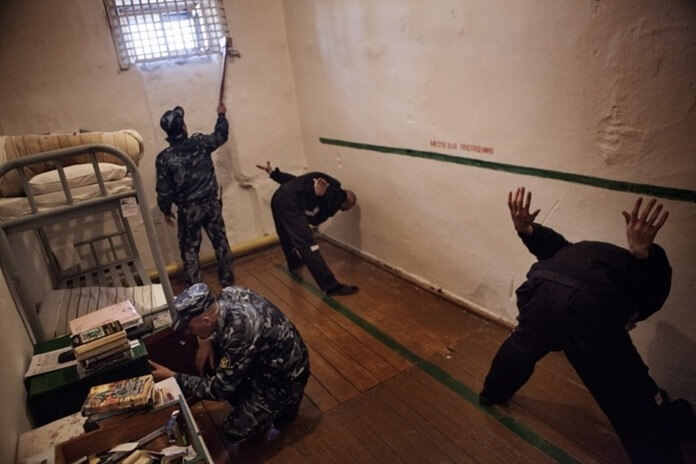
In the Ural wilderness there is another colony with a bird-like name, where until recently long-term or life-sentenced persons served their sentences - maniacs, murderers and rapists.
Due to the harsh conditions of detention, many prisoners from the Black Eagle went crazy after 10 years of imprisonment.
In 2018, due to constant complaints about terrible sanitary conditions and unprofitability of its maintenance, the prison was closed, but its future has not yet been determined. Perhaps the frightening "Black Golden Eagle" will be turned into a tourist attraction for those who want to tickle their nerves. This is probably the best option for residents of nearby villages, because there is simply no other work there.
3. Vladimir Central

The prison for especially dangerous criminals, celebrated in the songs of Mikhail Krug, has long been distinguished by its harsh conditions. It is claimed that there has not been a single successful escape from it.
In the 20th and 21st centuries, Vladimir Central hosted such famous prisoners as German Field Marshal Friedrich Paulus, singer Lidiya Ruslanova, Berlin commandant Helmut Weidling, and Stalin's famous "wolfhound" Pavel Sudoplatov.
The most dangerous prisoners, who have nothing to lose, are kept in a special block under the strictest control. Such prisoners walk along the corridors under heavy guard, and their cells are opened in the presence of a dog handler with a dog and the duty assistant to the prison warden. However, such conditions are practically hothouse conditions, compared to the most terrible prison in the world.
2. Polar owl

This colony for life-sentenced prisoners, located in the Yamalo-Nenets Autonomous Okrug, opened back in 1961. Its first "residents" were laying the Trans-Siberian Railway for the country.
In 2004, Polar Owl received the status of a place where especially dangerous criminals will serve life sentences. Little is known about what happens behind the walls of this prison, but loud scandals associated with it arise from time to time.
Thus, in 2014, FSIN officer Yuri Sandrykin was convicted, who in 2010 was engaged in beating confessions out of prisoners, having managed to obtain 190 confessions. Moreover, the cases were high-profile, such as the murder of journalist Anna Politkovskaya, the first president of Chechnya Akhmat Kadyrov and Magadan governor Valentin Tsvetkov.
Those who refused to take responsibility were subjected to mental, physical and even sexual violence.
1. Black dolphin

The video of Russia's most terrifying prison may not convey the fear and despair of those trapped there forever. No one is released from the "Black Dolphin"; it is a place for the real "scum of society" - cannibals, terrorists, serial killers, etc.
Prisoners are under surveillance 24 hours a day, and they move through the corridors in handcuffs, under escort. When moving from one building to another, the prisoner is blindfolded so that he cannot remember the prison plan.
Given such strict security measures, it is not surprising that no one has ever escaped from the Black Dolphin.
The following are serving their sentences in this prison: maniac Vladimir Mukhankin, who killed 8 people, rapist and murderer Vadim Ershov, whose victims were 19 people, terrorist Tamarlan Aliyev, who blew up a house in Makhachkala, and many other dangerous criminals.

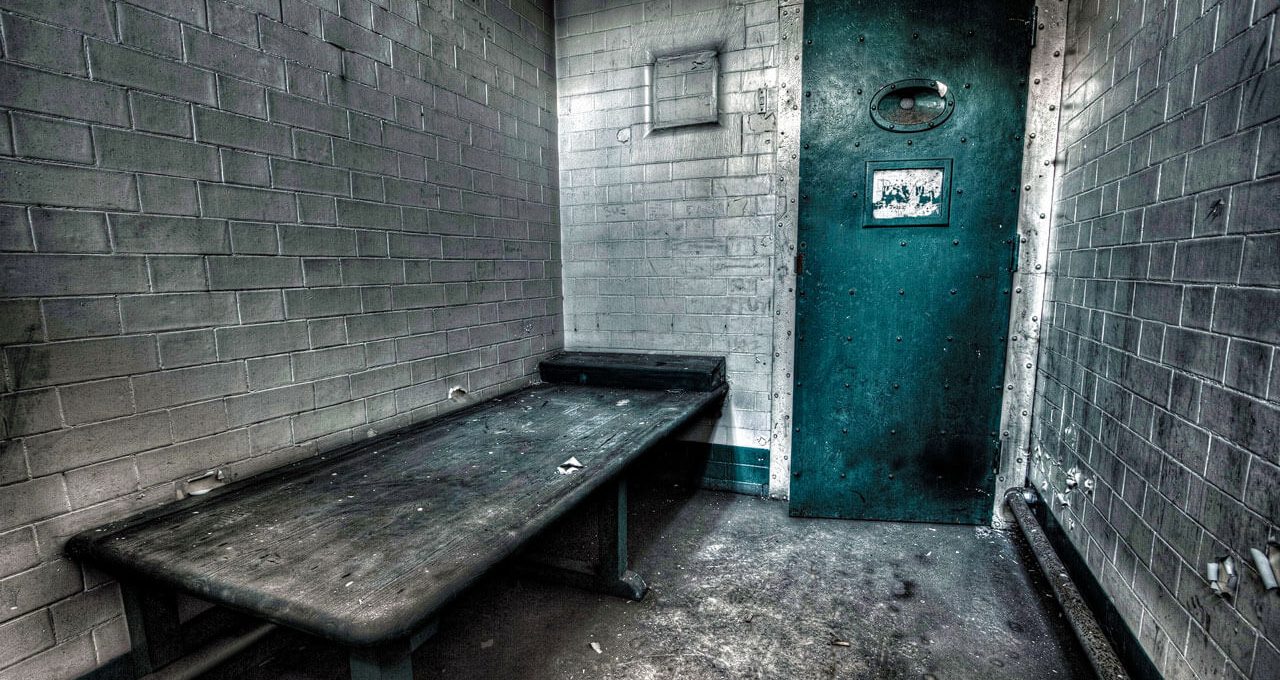












Оставить Комментарий